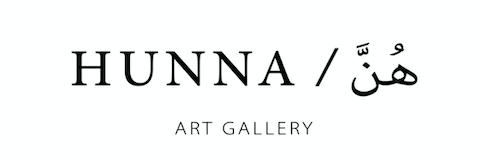Discover works by these four trailblazing women artists in the Middle East
“Women have always been at the centre of my images,” says Lebanese photographer and filmmaker Yasmina Hilal, whose layered works distort the “ideal beauty” often represented in fashion photography. Using a collage technique, Hilal manipulates what we see – and how we see it. In some instances, she cuts her photographs up into strips, sticking them onto another image and building volume. In her work entitled Jupon, this technique is employed to mimic the shape of the skirt worn by a model. Using different types of paper and textures, she superimposes her images, sometimes using acetate – a material she loves for its likeness to film roll, and its “ghostly effect”.
(...)
Hilal is one of the powerful female voices showcased at the fourth edition of Menart Fair (2023), which brought a trove of artists from 11 countries across the Middle East and North Africa to Paris in September. Inside the historic 20th-century Palais d’Iéna, the female gaze reigned in its varying perspectives. “I am happy and proud to see that some of the biggest online art platforms and galleries in the MENA region that shed light on female artists, such as Emergeast, Hunna and Mathqaf, are also led by inspiring female curators,” says Palestinian artist Reem R., whose own still-life works are imbued with meaning that is often symbolic and cultural, and at other times personal.
The inanimate objects that adorn her paintings – think shiny burgers and Coca-Cola cans or fruits and white flowers – are usually set against a monochromatic, silky fabric. “I paint many elements with the intention of triggering memories or senses and provoking thought,” she says. “Each piece is a reflection of my inner world that others can somehow relate to.”
Lilies and the Last Meal, for example, was painted during the Covid pandemic and captures the artist’s sentiment of being isolated from human interaction. Based between Qatar and the UAE, Reem R.’s heritage is often symbolised in her work, represented by citrus fruits such as oranges or lemons – an ode to her ancestral homeland. “Being Palestinian feeds my creativity,” she adds.
Along with Reem R., Egyptian artist Nour Elbasuni is represented by UAE-based gallery Hunna, which exhibits works by emerging women artists based in the Arabian Peninsula. Elbasuni’s paintings examine themes surrounding gender politics, cultural perceptions, representation and spirituality.
Her most recent works – showcased during the fair – explore orientalist legacies in the Middle East, while posing alternative representations of gender roles. “In the context of close-knit communities like we have in the Arab region, it is important to understand and reflect on the way gender has been historically politicised or used as a form of control for both men and women alike,” explains the artist. “Certain moulds, expectations and categories of behaviour have contributed to blinding our insight into our individual identities and spiritual and emotional growth.”
(...)
Women artists in the MENA region have shown remarkable resilience, creativity and determination, often challenging societal norms and stereotypes while contributing to broader conversations around culture, gender, power, and representation. This year’s edition of Menart Fair asserts just that. “Female artists enrich the global art scene,” Derhy adds, “by offering fresh perspectives that contribute to the ongoing redefinition of the MENA region’s identity.”
---
Continue reading on AD Middle East.

